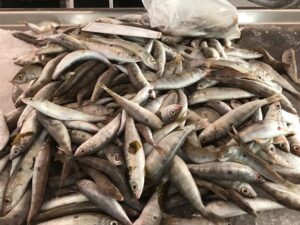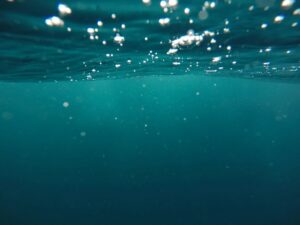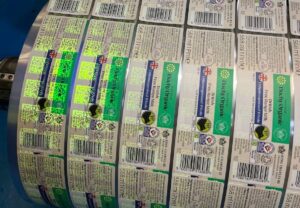Microplastics found in 100% of the samples taken from 50 iconic rivers, lakes and streams in Pennsylvania, according to a new study published by researchers at PennEnvironment Research & Policy Center.
To better understand the scope of the microplastic problem in the U.S, the researchers took samples from these waterways over the course of 2020 and tested them for four types of microplastic pollution.
In the samples they found:
- Fibres, primarily from clothing and textiles.
- Fragments, primarily from harder plastics or plastic feedstock.
- Film, primarily from bags and flexible plastic packaging.
- Beads, primarily from facial scrubs and other cosmetic products.
The researchers highlighted that although many of the waterways sampled had no visual litter at the point of access and have dedicated organisations working to clear up rubbish, it is clear that the scope of plastic pollution extends far beyond what was previously thought.
Dave Noble, a spokesperson at Bluewater, a Swedish water company battling the need for single-use plastic water bottles commented on these findings: ‘Unlike litter, micro and nano plastics are largely invisible to the naked eye yet today are in the food we eat, the air we breathe, and the water we all drink around the world, so perhaps it’s not so surprising that people are largely unaware of what’s going on.
‘The evidence from China, the USA, and Europe about microplastics pollution in treated tap and bottled water sends a stark warning to us all that we need bolder action on a massive scale and at speed by regulators and lawmakers to halt plastics and chemicals ending up in our tap water.’
In related news, researchers at the Endocrine Society found that plastics contain and leach endocrine-disrupting chemicals (EDCs), which can cause cancer, diabetes and reproductive disorders.
Photo Credit – Pixabay
















This article raises awareness of the impact that microplastics can have on nature and our health, but what is the solution? We cannot entirely do without plastic, but we can make it both recyclable and oxo-biodegradable. The plastic would then safely biodegrade much more quickly than ordinary plastic and be recycled back into nature by the bacteria. It has a much smaller chance of harming aquatic life as it will be completely gone in less than 2 years instead of 100. More information about how to upgrade regular plastic can be found at http://www.d2w.net